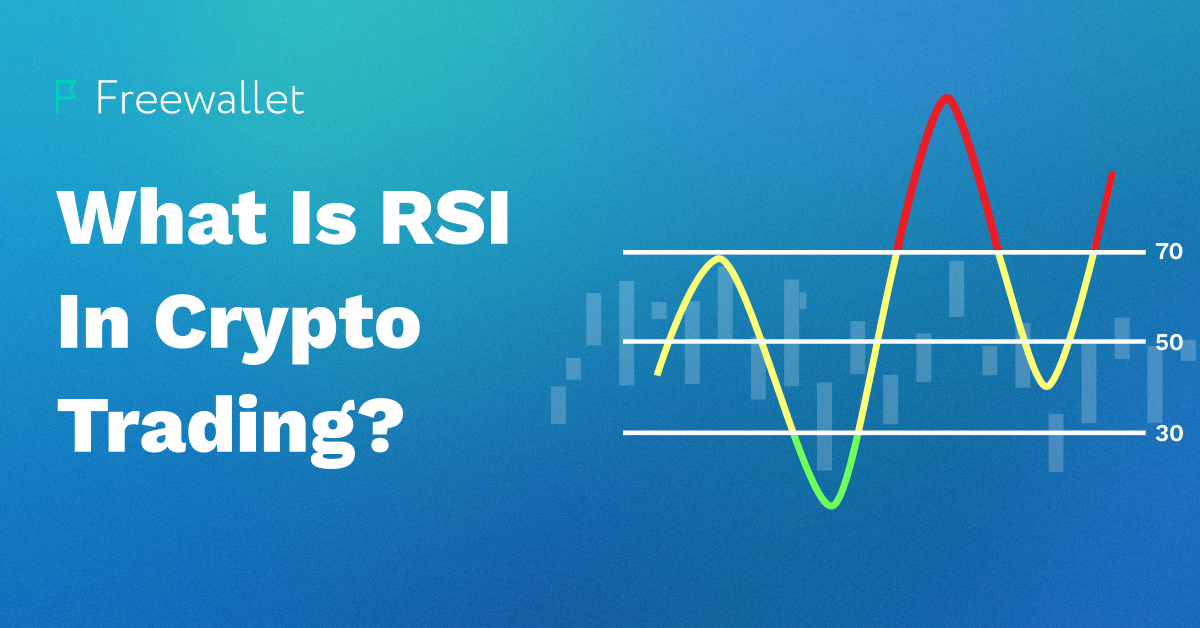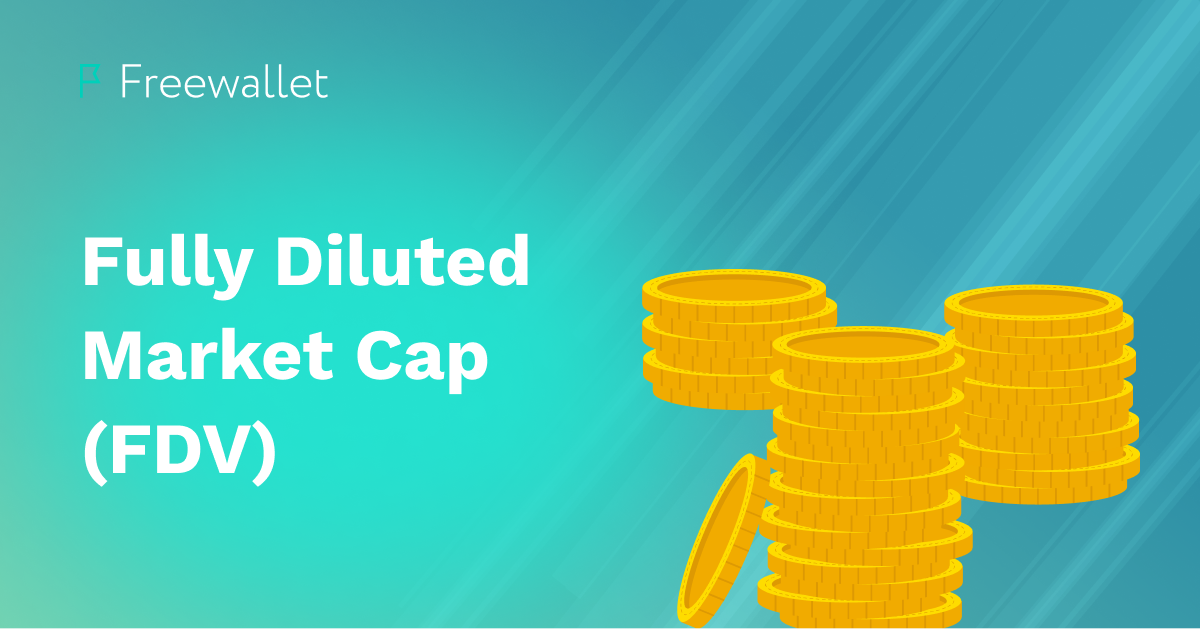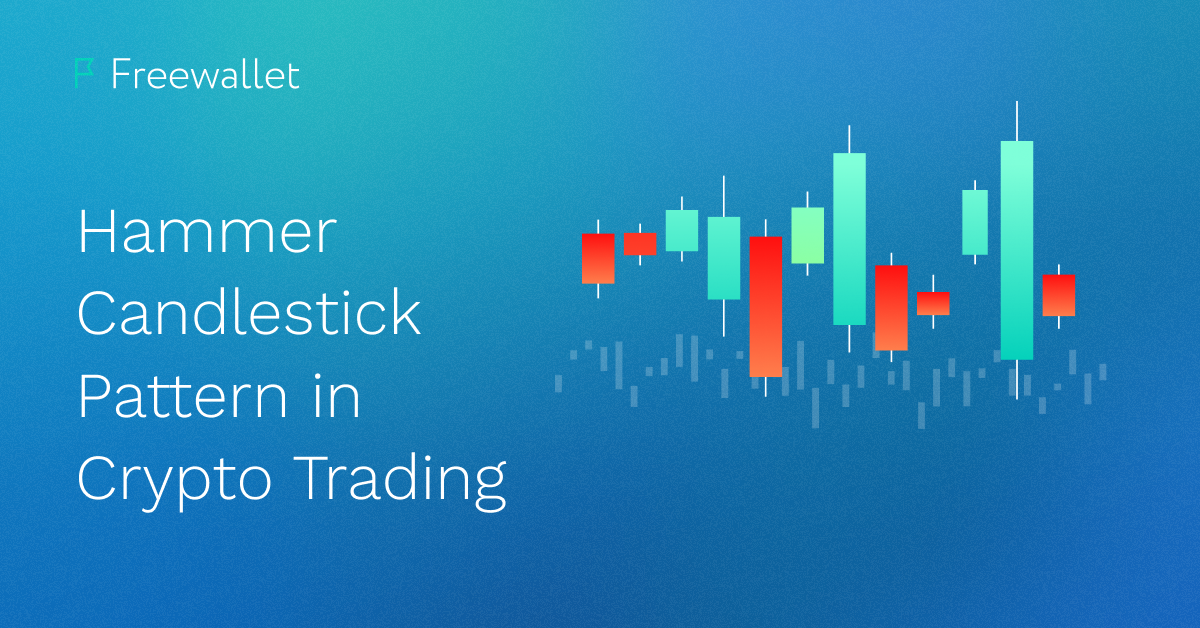High-frequency trading or HFT is a type of automated trading with algorithms used for ultra-fast transactions on the stock or crypto market.
In practice, HFT is software, a robot that requires a fairly large production capacity and engages in high speed communication with an exchange.
What is High Frequency Trading
High-frequency trading is a system in which algorithms and software allow users to perform hundreds of transactions per second, a feat impossible to do manually. HFT trading appeared long before the first cryptocurrency, and now up to 80 percent of transactions in certain asset markets are performed using this method.
The Securities and Exchange Commission has pointed out five characteristics common to HFT:
- Use of extraordinarily high speed and sophisticated programs for generating, routing, and executing orders.
- Use of co-location services and individual data feeds offered by exchanges and others to minimize network and other latencies.
- Very short time-frames for establishing and liquidating positions.
- Submission of numerous orders that are cancelled shortly after submission.
- Ending the trading day in as close to a flat position as possible (that is, not carrying significant, unhedged positions overnight).
High frequency trading strategies
The mechanism for making money with HFT algorithms comes down to four main areas:
- Market making – maintaining liquidity for a fee from the exchange;
- Arbitrage is the resale of correlated assets in different markets;
- Colocation is placing a trading server as physically close as possible to the exchange’s data center to get the lowest possible latency in data transmission;
- Pinging it is a tactic in which a trader makes several small orders at different price levels to identify potential large orders.
Market making strategy
Market making is one of the most common strategies in the trading world. A trader with a sufficient amount of resources places many orders from both the buyer and the seller on the same market.
Market making is usually carried out by large firms and is viewed as a good practice to keep important markets liquid. By placing large buy and sell orders, a market maker gives “enough room to maneuver” to other market participants. They always have the opportunity to buy or sell it quickly and without much impact on the price of an asset.
Some exchanges even enter into agreements with market makers to trade on their platform and thereby provide liquidity. In HFT trading, market makers are often small private companies that can trade even without an agreement with the exchange.
Arbitrage strategy
Arbitrage is the exploitation of the difference in the price of the same asset across multiple exchanges. You can learn more about arbitrage in this article.
A single cryptocurrency very often has a different market price on several trading platforms. Using this deviation, a trader can buy an asset at a lower price and immediately sell it at a higher price on another exchange.
However, it makes no sense to do it manually. HFT traders will use this opportunity as soon as it appears. With their equipment and fast internet connection, they can be the first to profit from the price difference.
Pinging strategy
This method is used to check the price range followed by a large market participant. Verification cycles take a fraction of a second, and thanks to the powerful hardware, HFT traders can run thousands of these “traces” per minute. Having determined the “places” of the most frequent sale or purchase of an asset on the chart, the trader already has a significant advantage. Pinging is mainly aimed at large market makers and is often used in dark pools. These are either private exchanges or forums that do not show their order book in real time.
Criticism of HFT
Over the past decade, there has been a lot of critical talks regarding HFT algorithms. They became especially widespread after the publication of Michael’s Lewis book “Flash Boys”. Critics have articulated several arguments:
- HFT allows you to hide multi-billion dollar incomes from investors and ordinary people;
- High-frequency traders, due to their advantages, make the most of transactions of mutual funds that contain the pension savings of normal citizens and, as a result, take their money (approximate losses range in the several billions of dollars every year);
- Failure of algorithms can lead to a total fall in the market, as occurred on May 6, 2010.
On the other hand, there are also many supporters of high-frequency trading. They note higher liquidity, lower trading costs, and many other benefits that the technology provides.
High frequency trading for the crypto market
Some people believe this method gives a clear unfair advantage to HFT traders. However, proponents of HFT trading believe that it helps provide liquidity and stability in the cryptocurrency market.
Definitely, high frequency asset trading stacks the deck against those who do not have powerful equipment and other opportunities to make quick deals. The average trader cannot hope to succeed with the same strategies, as he can never match the speed of a high frequency trader.
Although this practice is already common in traditional finance, it could have an even greater impact on the future of cryptocurrencies with their 24/7 trading and relatively rule-free playing field.
Another risk for the cryptocurrency market is a possible increase in volatility and exposure to sudden crashes. In fact, the algorithmic nature and insane speed of HFT systems means that certain market conditions can sometimes cause major price crashes in a matter of seconds. However, proponents argue that liquidity, provided by HFT trades, brings more benefits to ordinary traders, thus neutralizing the disparity between market players.
Where to try HFT
Recently more and more traditional HFT exchanges have started to engage into decentralized currencies. Among them are Cumberland Mining — a subsidiary of Chicao-based firm DRW, Jump Trading, DV Trading and Hehmeyer Trading.
As for cryptocurrency exchanges, Gemini and ErisX provide collocation, while HitBTC and Coinbase offer specific tools for high-frequency traders. Their FIX and Streaming APIs ensure that the speed of trading will depend only on the network, which is faster than 1 millisecond per order.
Related
Stay tuned
Subscribe for weekly updates from our blog. Promise you will not get emails any more often.
Most Popular
New Posts
Stay tuned
Subscribe for weekly updates from our blog. Promise you will not get emails any more often.







